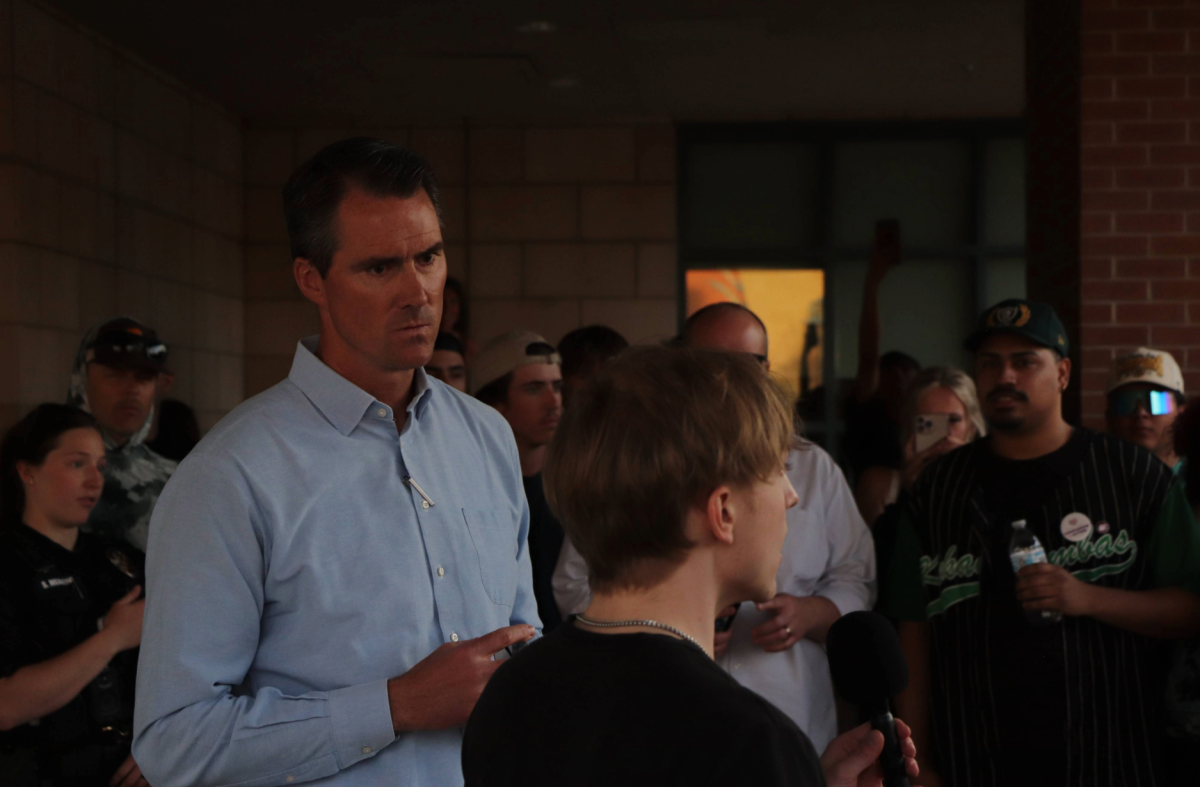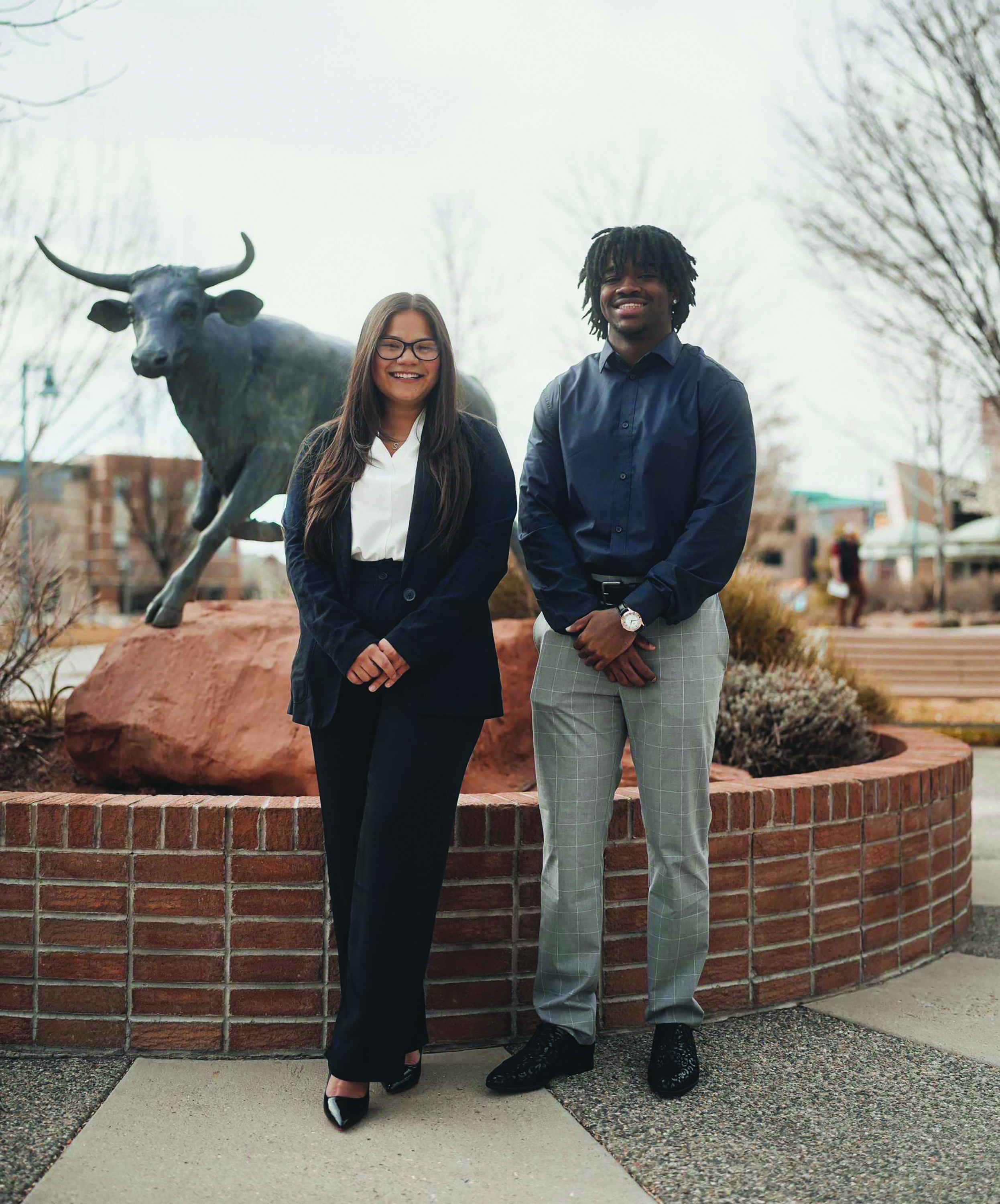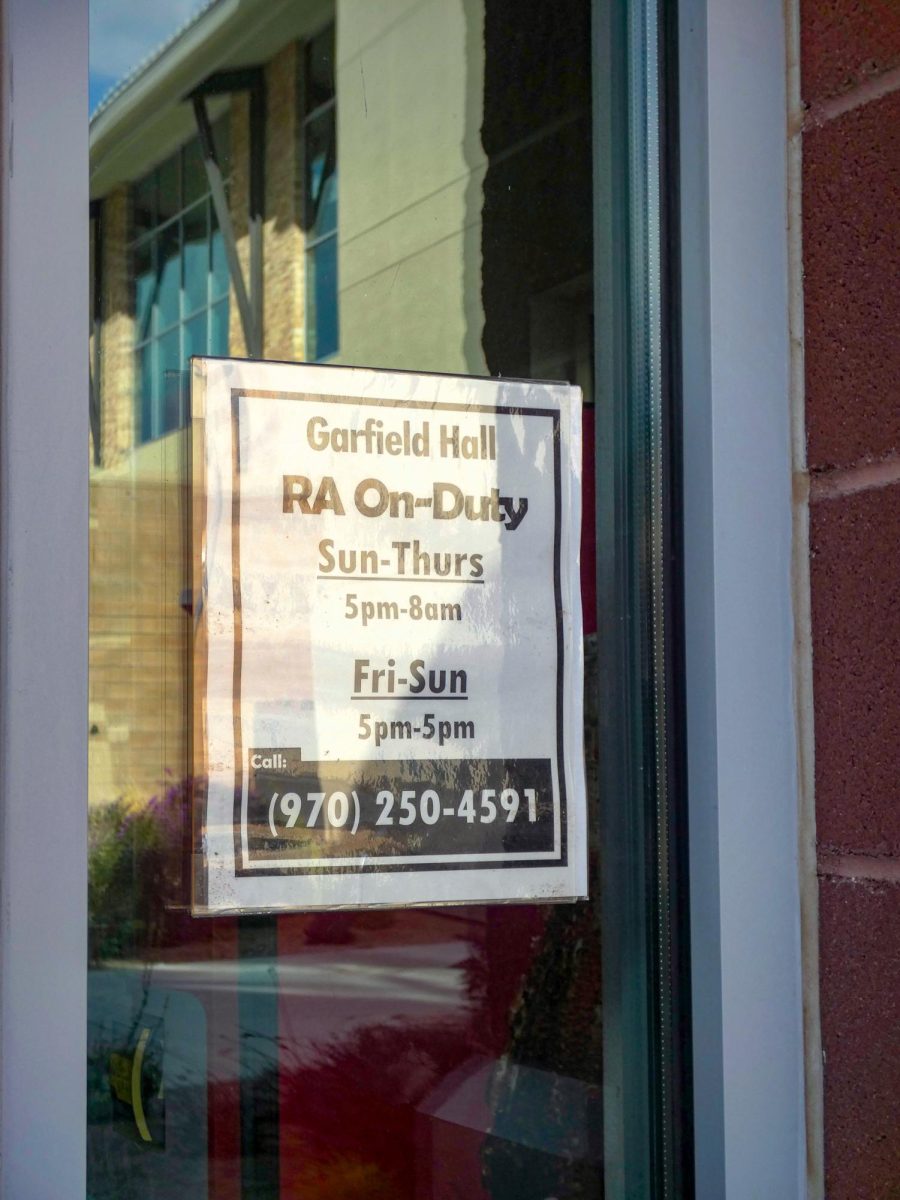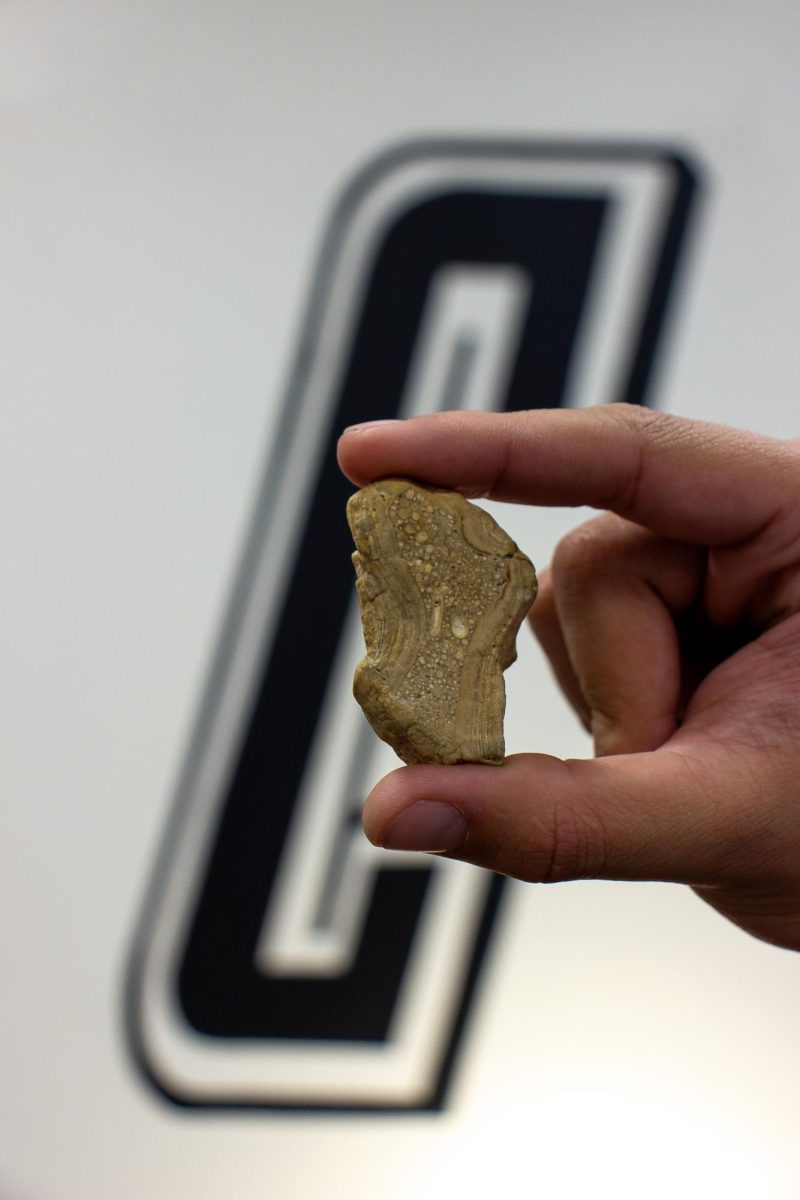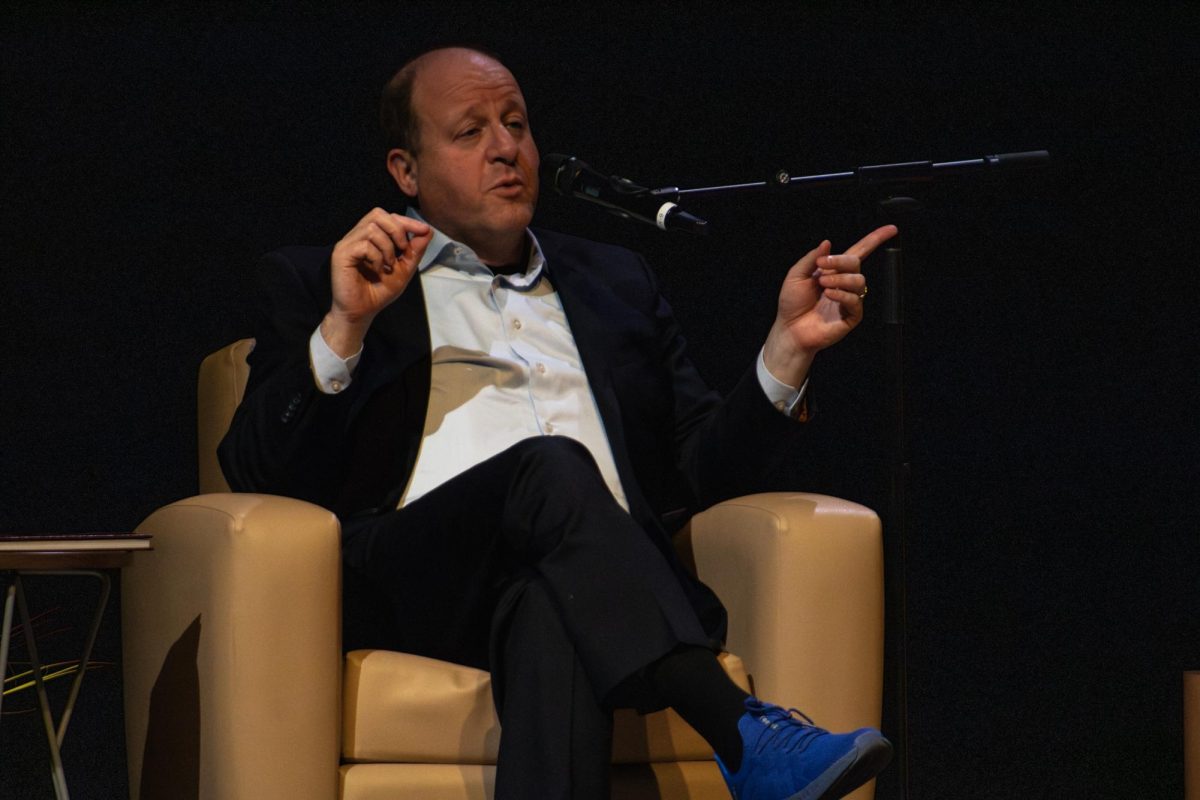Colorado Mesa University, when it was Mesa State, eliminated the use of deans as heads of departments 14 years ago. Now, since doubling its enrollment and growing as an institution, some have questioned if CMU should consider reinstating deans. CMU President Tim Foster does not believe so.
“A dean’s enhancement on the experience of a student is not that impactful,” Foster said. “If we thought there was value to adding deans, we would.”
The current system at CMU of management between faculty and the president places more influence on the use of the department heads and on the Academic Affairs Department. Many other universities use a system of deans and department chairs instead.
Using deans adds another layer of academic management between the office of the president and the faculty, which could better help faculty liaise with administration.
Unlike other universities, CMU places its department management responsibilities on department heads instead of department chairs. The difference in this position being that, unlike chairs, a department head is appointed to an indefinitely permanent position and chairs rotate through faculty members after a set amount of time, usually around two years.
Using these indefinitely permanent positions, according to Foster, allows the department heads significantly more influence in their seats.
Department heads teach reduced course loads as a faculty member and they get additional payment based on their department size.
[media-credit id=52 align=”alignleft” width=”300″] [/media-credit]
[/media-credit]
“Department heads are there as long as they are found to be doing well, like any job, but you have to pay them. A lot of the money we would pay deans is put into our department heads’ pay,” Foster said.
President Foster believes that adding deans would “increase bureaucracy” and “dilute the opinions and needs of faculty.”
“You have a flat organization now that if a faculty member has a problem they can go to the department head, they can go to the academic VP or they can even come to my open office hour. In the last year, I have probably met with easily two dozen faculty who have this issue or that issue. While they can bring it to the academic VP first, who could then bring it to me, faculty are very comfortable coming in this office themselves and saying, ‘well what about this?’ In a dean model, a faculty member could lose his job going around their dean,” Foster said.
Foster has stated repeatedly that he is open and receptive to the needs and desires of his students and faculty. He feels this is demonstrated by his act of holding open office hours to students and faculty, in which he has found out needs and implemented new projects from large to small scale, like getting new chairs for the music department or better WiFi for residence halls.
“In our flater, dean-less model, the actions, and quite frankly, the decisions are much more transparent,” Foster says.
“For me as the president, having deans would be so much easier. Then the deans can be the people to say no to faculty and students. The deans get to deliver the bad news and you get to figure things out. From the president’s perspective, I should be the one advocating for deans, but from the use of resources and all the students’ perspectives, it is an empty argument.”
Nevertheless, the argument for deans has not only been made by The Criterion editorial staff, but also by the Higher Learning Commission, the entity that ensures CMU deserves its university accreditation. In their review before last, the HLC assurance review, while not marking it as a demerit of sorts, stated that not having deans may be something for CMU to reassess.
However, in their most recent report, in November, the HLC did not comment negatively on CMU’s lack of deans.
“It was not marked as a deficiency in the most recent report; not a finding and not something we need to address. We had a good conversation about it and they just said, ‘that’s an interesting model.’ Their observations were that it seems to work just fine here. There should be no reason for HLC to be concerned,” President Foster said.
As President Foster states, deans were originally eliminated because they were, and are, expensive and offer “more intangible benefits than tangible.”
[media-credit id=2 align=”alignright” width=”300″] [/media-credit]
[/media-credit]
“A dean makes about three hundred-sixty thousand, we can hire three to four quality faculty for the equivalent of one dean. You could eliminate the president and hire only one and a half deans,” Foster said. “Not paying upwards of a million dollars a year to deans has enabled us to hire more faculty, give inflationary increases every year, make fairly aggressive increases in salary so now we are competitive in the top tier, compared to our peer institutions, for hiring quality professors.”
CMU continues to hire faculty for its departments, especially its nursing and professional studies programs, which continue to grow rapidly.
“In fact, as we start a new hiring process, the pool of candidates [for Faculty positions] who want and apply to be at this institution from a variety of other institutions is better quality recently because we are growing, we have given raises every year, and we have quality and growing programs.”
As a growing institution of higher learning, CMU has to reassess how it runs itself often. Foster does not believe that adding deans to his administration would add more value than they would cost.
“It’s an ongoing debate. We are a dynamic institution and you never say, ‘this is how we doing things here and it won’t change,’ but it is important to analyze what they bring to the table and you always talk about where you put your resources,” Foster said. “No student will choose or has chosen this institution because of presence or lack of deans.”



